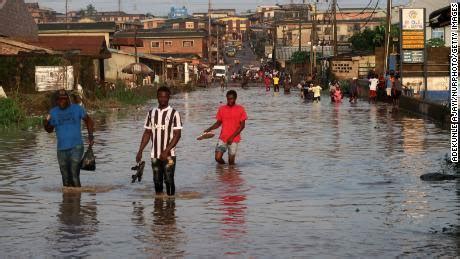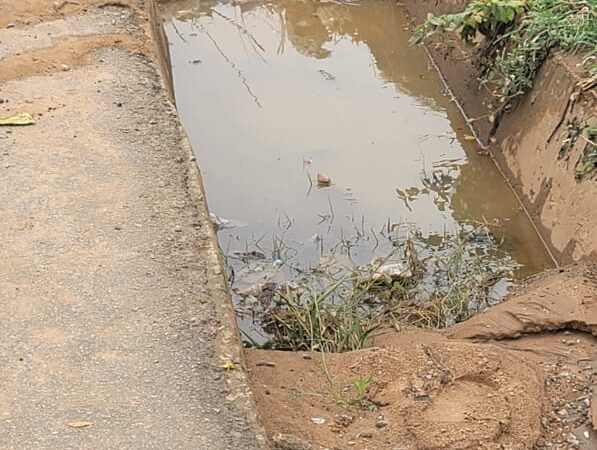As the rainy season intensifies, the National Emergency Management Agency (NEMA) has issued a strong advisory to residents in Rivers and Bayelsa States, urging them to relocate to higher ground in anticipation of significant flooding forecasted for the region.
The warning was delivered by the South-South Zonal Coordinator of NEMA, Mr. Eric Ebhodaghe, during a press briefing held on Friday, April 18, in Port Harcourt. His remarks come in response to a recent projection by the Nigerian Meteorological Agency (NIMET), which identified 30 states—including Rivers and Bayelsa—as high-risk zones for flooding this season.
Ebhodaghe emphasized that the coastal nature and geographical vulnerabilities of both states, coupled with heavy rainfall patterns, place them at an elevated risk of severe flooding in the coming weeks.
“In light of NIMET’s forecast, we are calling on residents in flood-prone communities to take precautionary steps and move to safer, elevated areas,” he said. “Our goal is to protect lives and reduce economic losses before the rains reach their peak.”
Proactive Measures Underway
To reduce the anticipated impact, NEMA has already launched an awareness and sensitization campaign across vulnerable areas. According to Ebhodaghe, the agency has initiated coordinated efforts with federal, state, and local authorities to enhance flood preparedness and emergency response strategies.
In Rivers and Bayelsa States, several high-risk communities have been identified and are currently receiving focused outreach. NEMA teams have been actively engaging with these areas, educating residents about early warning signs, evacuation protocols, and safety practices. The aim is to promote early relocation and ensure community readiness.
Ebhodaghe acknowledged that while flooding cannot be completely prevented, its effects can be mitigated through timely interventions. To support displaced persons, Internally Displaced Persons (IDP) camps have been set up across 15 local government areas considered most at risk.
Community Engagement and Environmental Action
The NEMA coordinator also highlighted ongoing collaboration with local stakeholders, including community leaders, youth organizations, and the State Emergency Management Agency (SEMA), to strengthen grassroots disaster response mechanisms.
Part of this collaboration includes promoting responsible waste disposal and consistent maintenance of drainage systems. Ebhodaghe stressed that blocked drainages are a leading cause of urban flooding and urged communities to keep water channels clear to facilitate the free flow of rainwater.
“Simple actions like clearing drains and avoiding waste dumping in waterways can go a long way in reducing the risk of flooding,” he added. “Community participation is essential in protecting lives and property.”
As rainfall continues across the country, NEMA’s message remains clear: preparedness, timely action, and community cooperation are crucial in facing the challenges posed by seasonal flooding.







